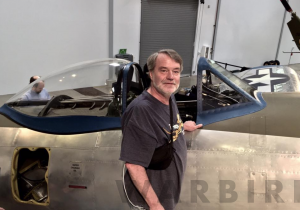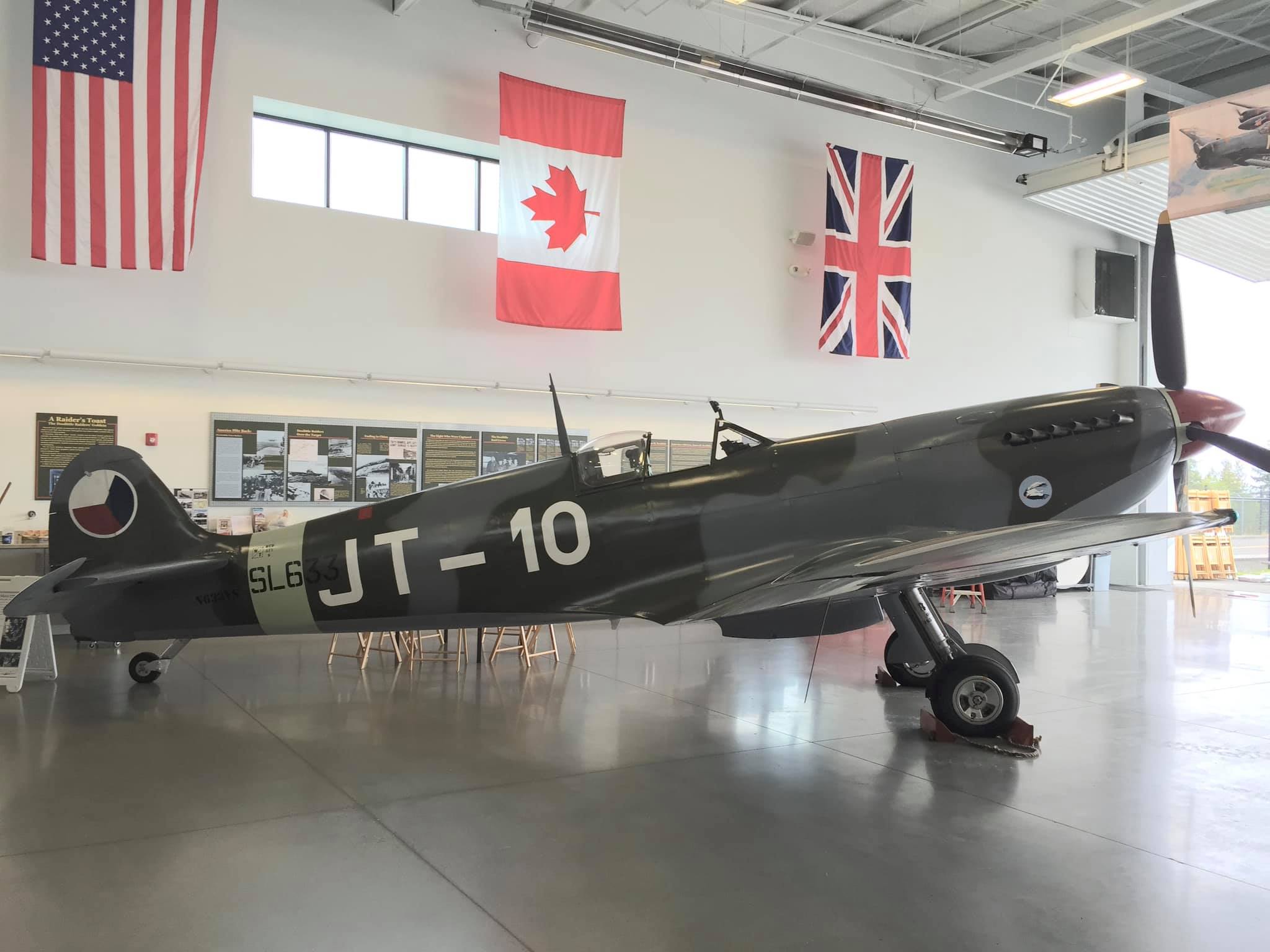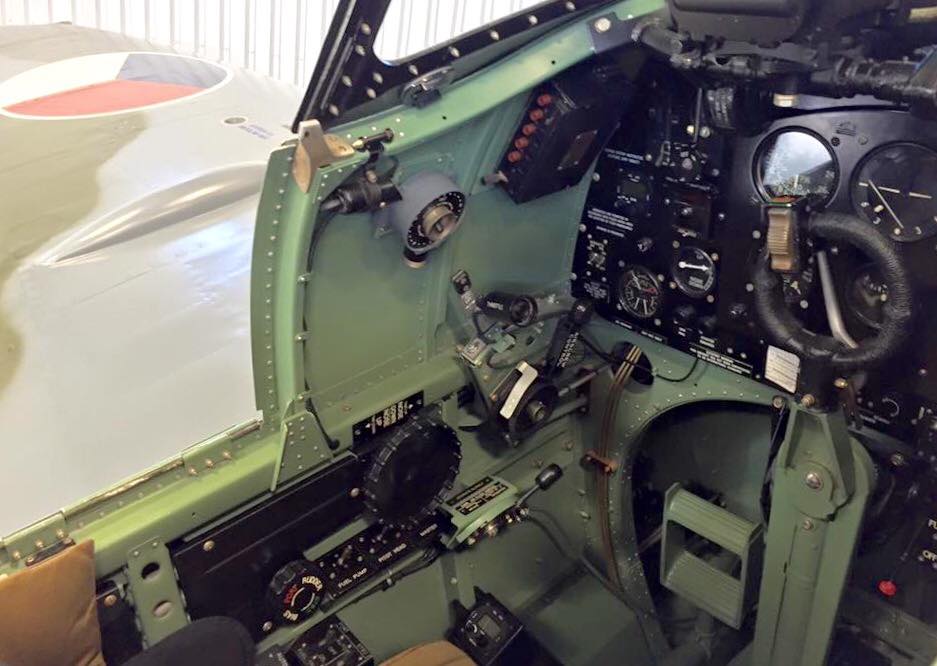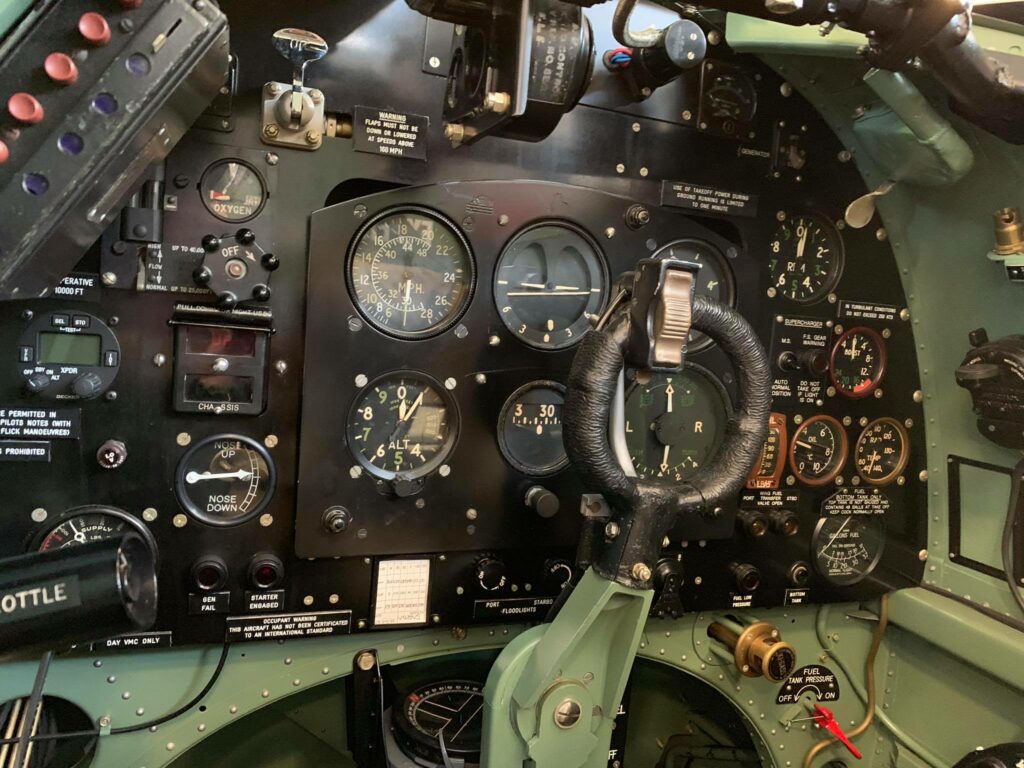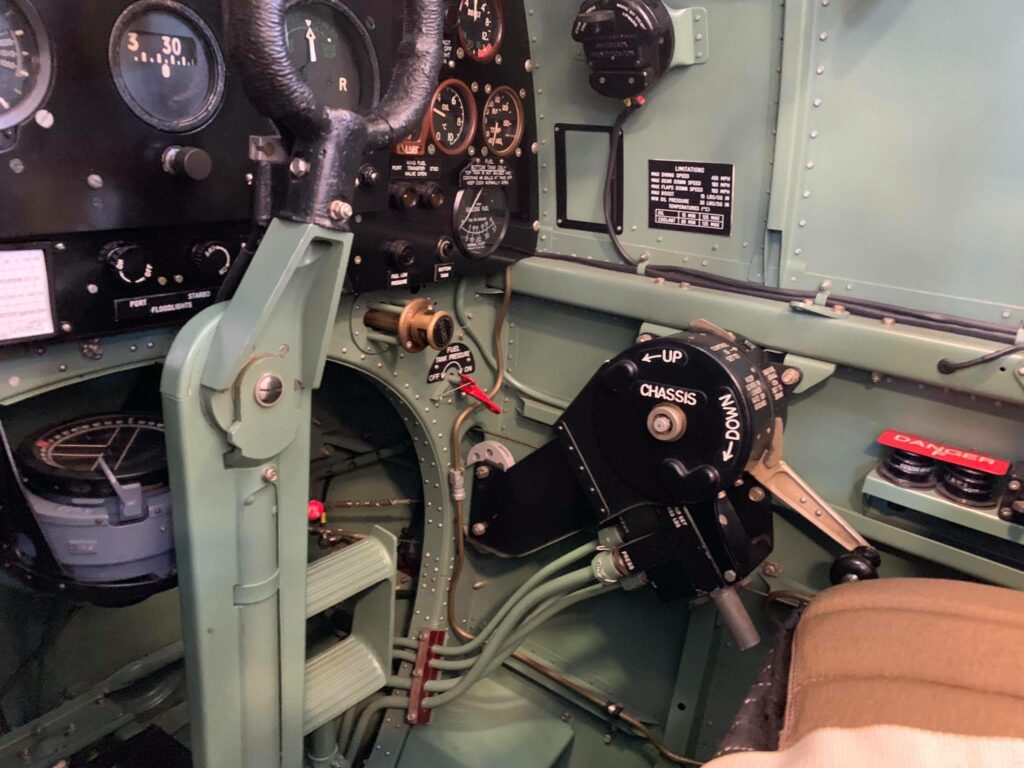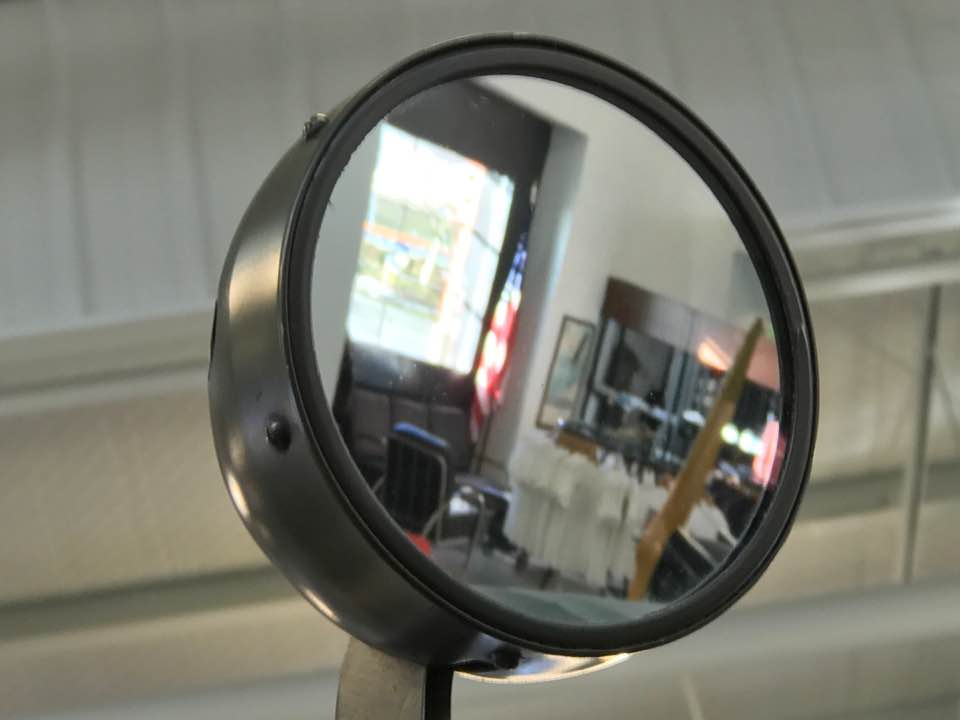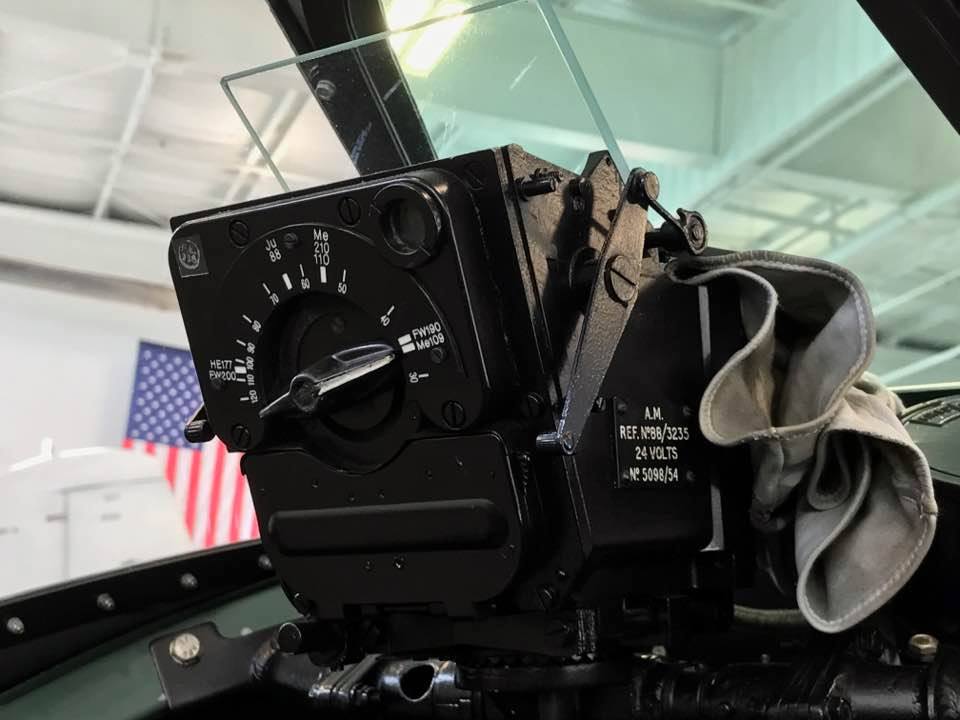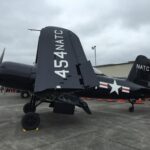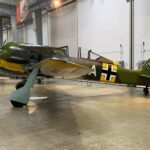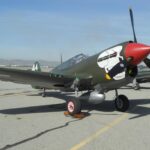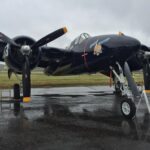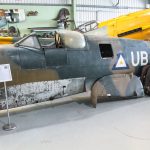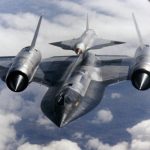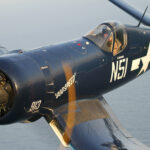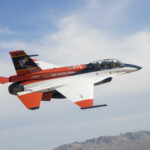By Randy Malmstrom
Since his childhood, Randy Malmstrom has had a passion for aviation history and historic military aircraft in particular. He has a particular penchant for documenting specific airframes with a highly detailed series of walk-around images and an in-depth exploration of their history, which have proved to be popular with many of those who have seen them, and we thought our readers would be equally fascinated too. This installment of Randy’s Warbird Profiles takes a look at the Supermarine Spitfire LF Mk.IXe SL633.
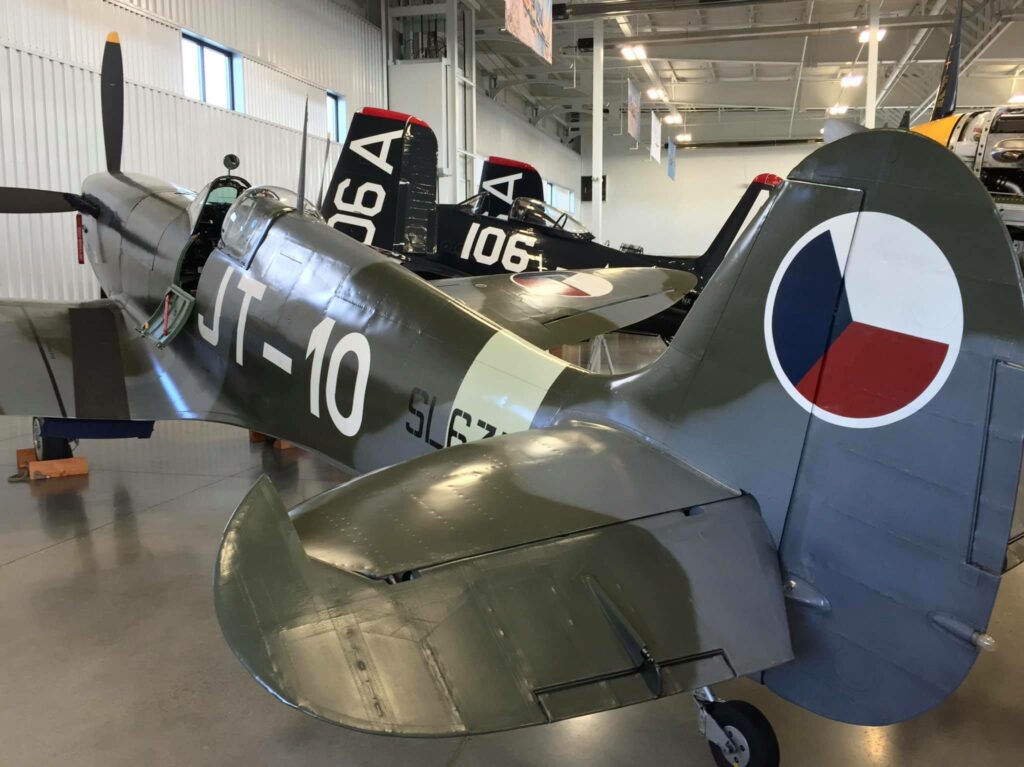
The identities of this particular aircraft have included: SL633 (Royal Air Force), DU-K and JT-10 (Free Czechoslovak Air Force), 20-42 (Israeli Air Force), and UB-425 (Myanmar Air Force, which was originally formed as the Burmese Air Force). It was one of the last Spitfires produced at the Vickers Supermarine plant at Castle Bromwich by the contract, the fuselage was built at the sub-factory at Hadley Castle, Shropshire, the wings in Shrewsbury and it was assembled and test flown at Cosford. It was delivered in June 1945 to the Royal Air Force and then assigned to No. 312 (Czechoslovak) Squadron RAF (originally formed at Duxford in 1940 with the squadron badge of a stork volant and the motto “Non Multi Sed Multa” (“Not many, but much”).
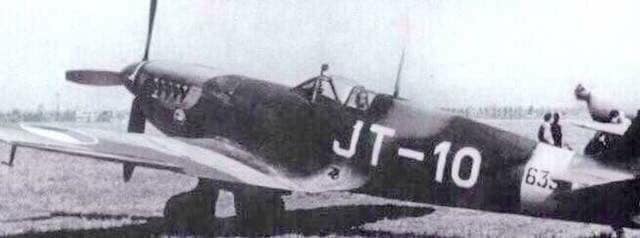
After World War II, it was one of 54 aircraft provided to the Free Czechoslovak Air Force (under the terms of a loan by Britain) and was assigned to No. 2 Czech Fighter Wing and was flown as a trainer with the 4th Air Regiment with the fuselage code JT-10. Flight Lieutenant Karel Pošta was assigned this aircraft and flew it for aerobatic demonstrations out of Planá. Pošta had been a skilled locksmith from Plzeň and, following cadet training, became a pilot with the 34th Czech Fighter Squadron in 1936. On May 12, 1939, following the German occupation of Czechoslovakia, he escaped to Poland where he was held in a Polish police prison briefly. He sailed to France and retrained at Chartres (south of Paris); he then flew with the 4th Escadrille Groupe de Chasse II/4 of the French Armée de l’Air.
After the German occupation of France in 1940, he escaped via Algeria to Britain and on September 19, 1940, became a member of the 312 (Czechoslovak) Squadron RAF at Duxford, flying three tours of duty in Hurricanes then Spitfires. Pošta flew a great many missions throughout the duration of the war in Europe (records indicate 281 sorties comprising 448 hours of flying time by July 1944), including air defense over the British Isles, offensive sweeps over occupied France (including the Battle of Normandy), support of airborne operations in the Netherlands, bomber escort missions over Germany. In the fall of 1944, Pošta became Flight Commander with the rank of First Officer, and was ultimately awarded the Distinguished Flying Cross.
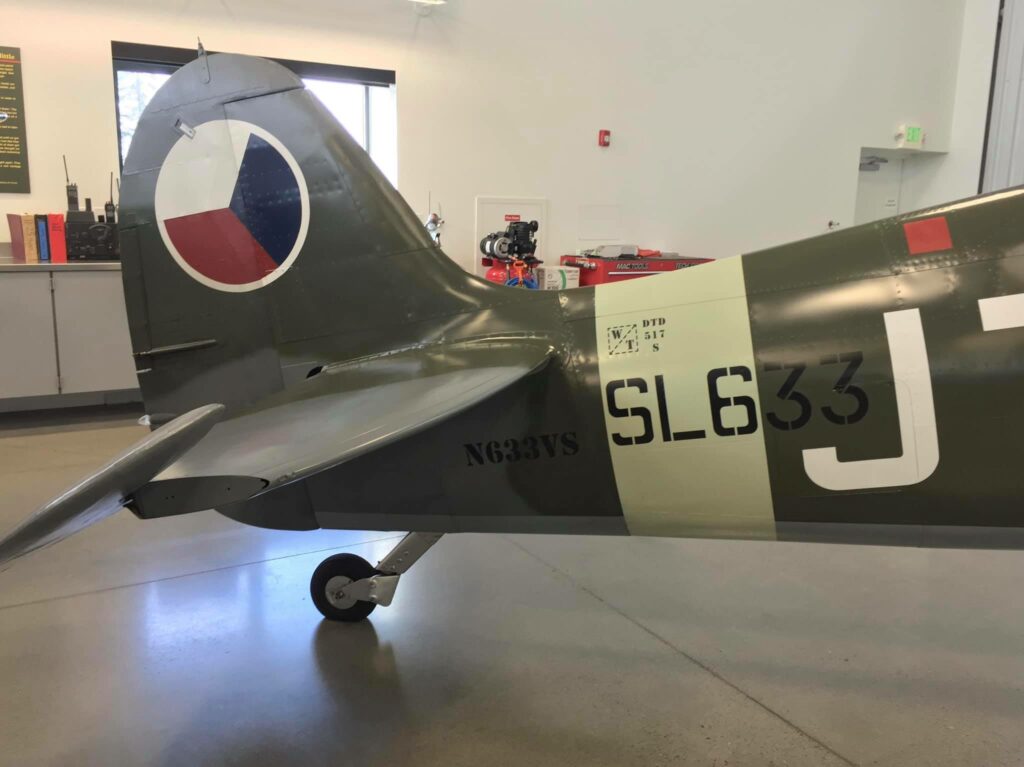
He returned to Czechoslovakia on August 13, 1945 to great national acclaim and, among other accomplishments, flew as a reserve officer with the 4th Aviation Regiment of the Czechoslovak Air Force with the rank of Air Force Lieutenant, and then became commander of a fighter training center at České Budějovice. During this time, he also flew this particular aircraft in air shows. In 1948, he returned to Britain for the remainder of his life (his wife was British) and flew in a few airshows including the Farnborough Airshow of 1950 in which he flew a Spitfire Mk.XVI. He died at the age of 46 of a heart attack at the wheel of his car on January 8, 1961 and on January 10, 1991, Czechoslovakia posthumously promoted him to the rank of Colonel.
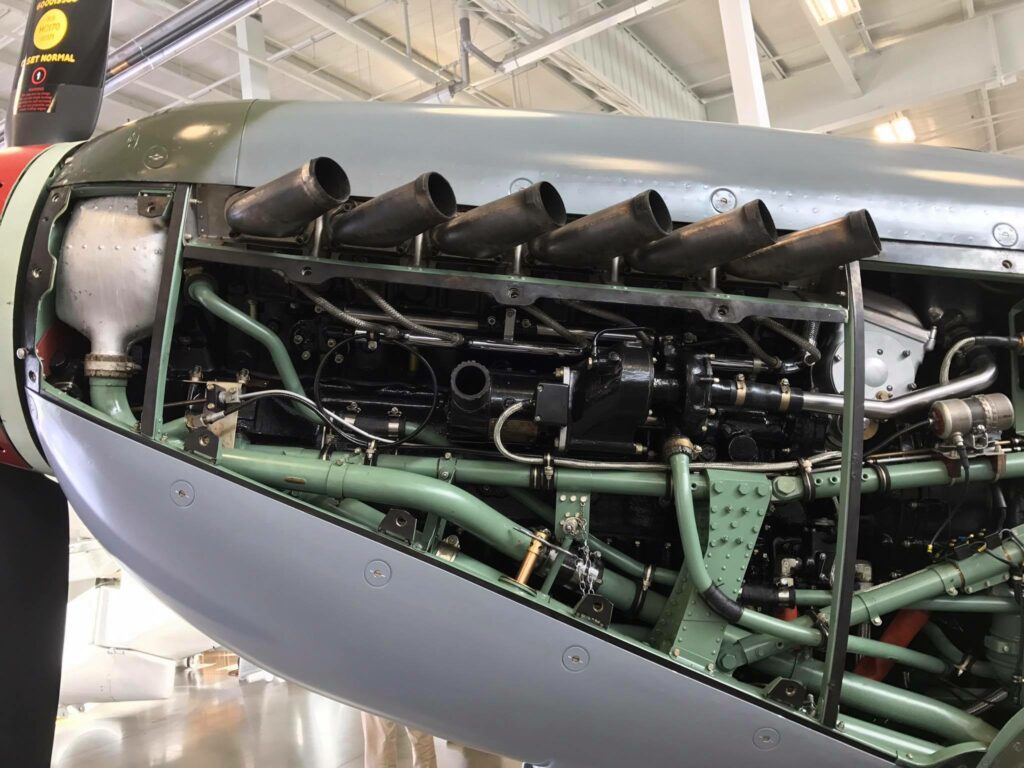
Following the establishment of Israel in 1948, Czechoslovakia sent aircraft to the fledgling Israeli Air Force and this aircraft was one of those sent. It was converted to a photo reconnaissance aircraft with camera ports in the belly (still armed and with a Merlin engine) and assigned serial number 20-42.
When Israel converted to jets in 1954, the IAF sold this aircraft to the Burmese Air Force, which flew it as a counter-insurgency aircraft. After a wheels-up accident, in 1984 it was on display on a pole at King Mindon’s Royal Palace in Mandalay with the tail fin from a North American Harvard, a locally-made engine cowling, and a cellophane windscreen. It went to private collectors but was returned to Duxford and the Imperial War Museum in 1999 for restoration by Historic Flying Limited. It never flew in the UK.
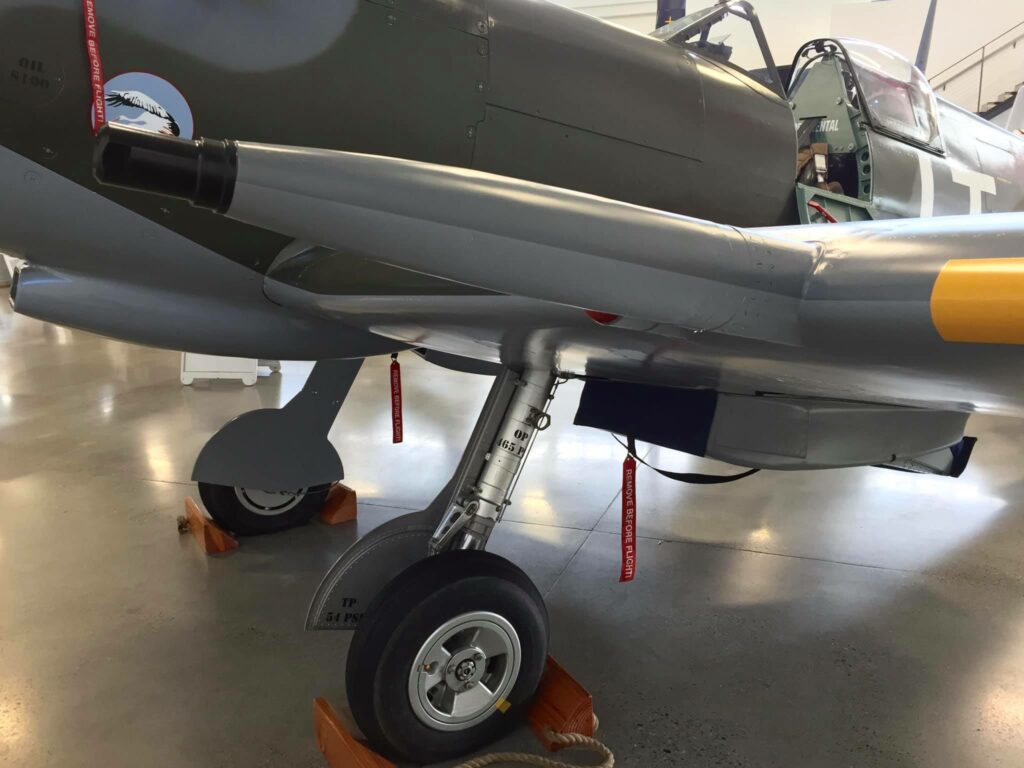
The Historic Flight Foundation acquired it in 2007 and returned it to its 1945 specifications and it first flew again in 2010. In 2015, it was disassembled in three days with the assistance of three Spitfire specialists from Duxford and shipped to the UK where it participated in 11 Battle of Britain memorial events. It was then crated back to the U.S. and reassembled in three days in early 2016.
About the author
